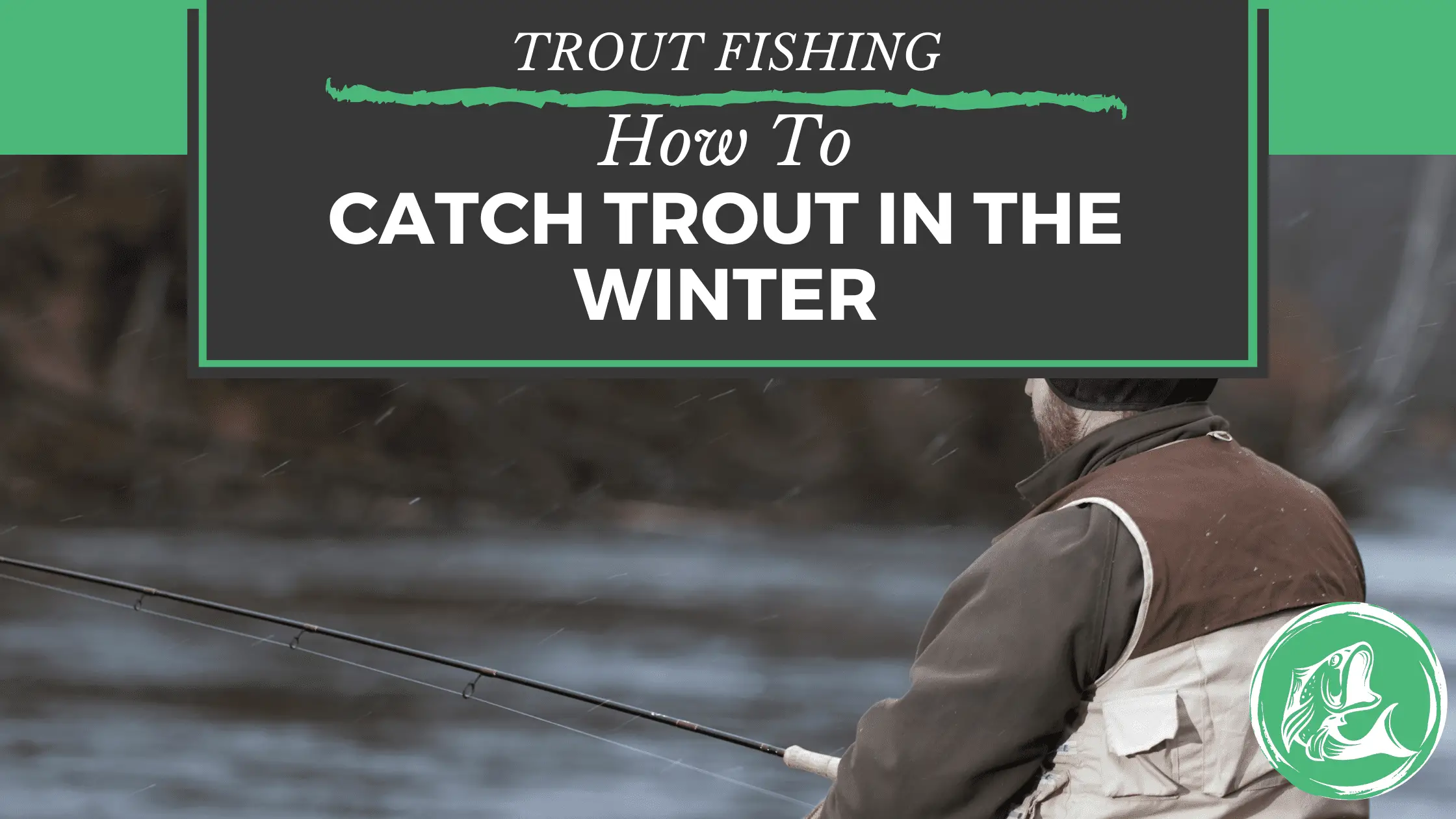Deep pools and long runs with slower speeds and the capacity to escape from anglers become fundamental when you want to catch trout in winter. Approaching a blend of environment highlights, including pools, territories where ice conditions are steady, and moderate current regions. This will prompt the best winter endurance rates for trout and other fish.
So, can you catch trout in winter? Yes! Winter trout, as a rule, hold in slower water such as long runs, deep pools, and at the base of falls. Hence, you’ll need to zero in on these regions. In contrast to winter in ponds and lakes, currents challenge fish attempting to discover stable winter natural surroundings.
In the fall, trout quit shielding feeding positions and move shorter or significant distances to look for a winter asylum environment. Regularly, they move downstream to tranquil, moderate waters. Keep reading to know more about catching trout in the winter.
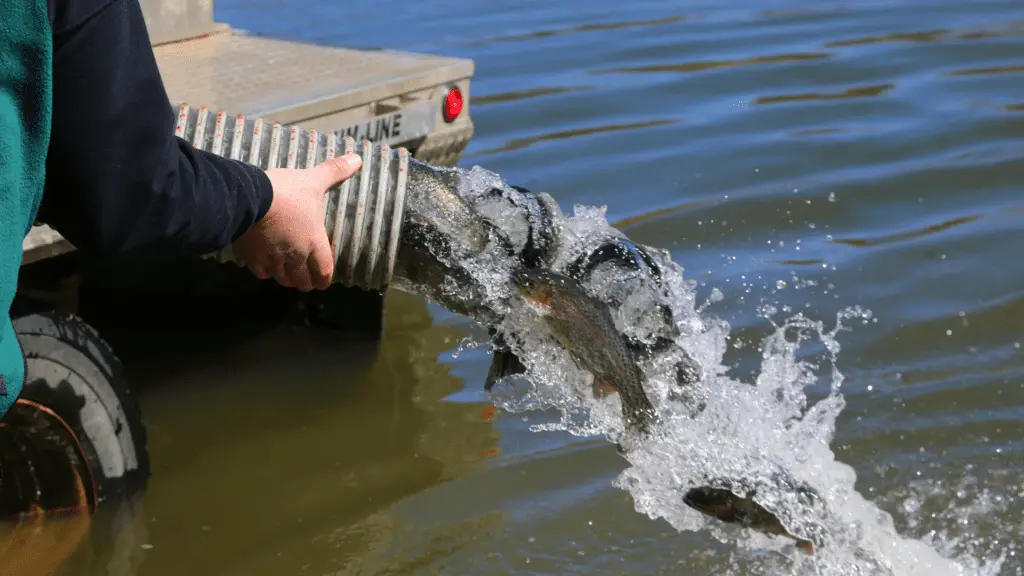
How to Catch Stocked Trout in Winter
The strictest definition is that a stocked trout is the one that spent at any rate part of its life a fish incubation center. A wild trout has gone through its whole time on earth in a stream or some other waterway. Whether the stocked trout is triploid rainbow trout or diploid rainbow trout, you will want to find them utilizing the strategies and insider facts.
Here are some techniques:
- The primary step in having the option to look for stocked trout and have any achievement is to track down a nearby waterway that stores them!
- Usually, you can find them in little streams or lakes around significant metropolitan zones and ordinary supplies as a different species to look for.
- Ensure you stay up with the latest stocking routine, and you will want to keep on your fishing instead without any problem.
- Frequently in streams that hold the trout, they are found in deep pools, undercut banks, riffles, and around current breaks. You will get yourself best in a reservoir or lake if you somehow managed to fish around cover for the trout.
- Remember that when trout are stocked, they will invest a large portion of their energy in the quick region around where they were supplied for the primary day or two.
- These trout are supposedly given medication to keep them calm when they are planted into another waterway to don’t pressure excessively hard and adjust speedier to their new environment.
- Powerbait is the most broadly known bait for stocked trout utilized by most anglers.
For the most part, stocked trout are simpler to get, particularly soon after loading. Be that as it may, these trout do get instructed easily in the stream. If you are interested in catching stocked trout during winter or any other season, watch this video from Addicted Fishing to know more: https://www.youtube.com/watch?v=3dCwj9sSioc.
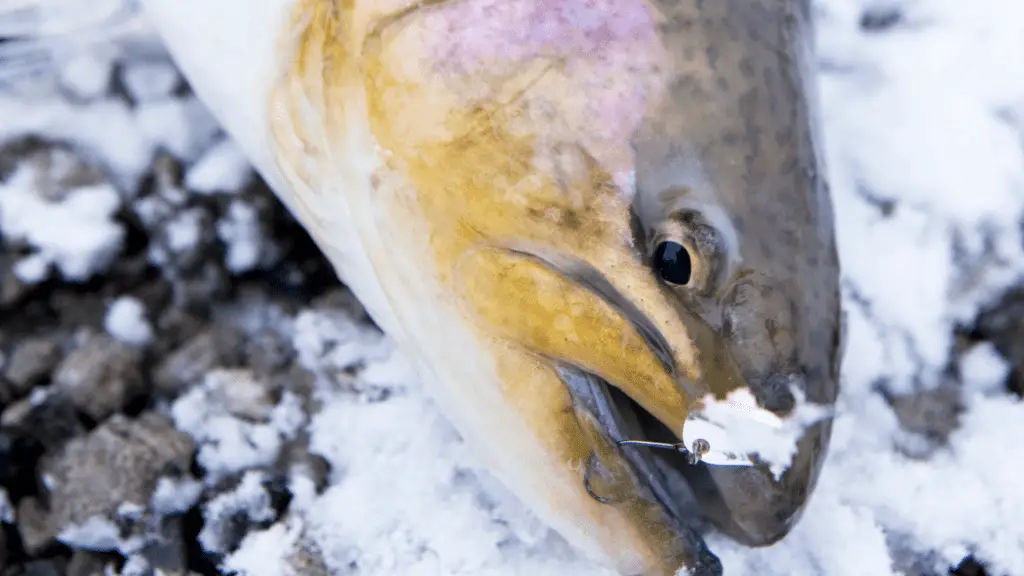
How to Catch Rainbow Trout in the Winter
Rainbow trout are likely the most widely recognized and simplest to catch of all trout. They are stocked in numerous lakes and waterways. Likewise, they eat a wide assortment of the two lures and baits. They are additionally highly mainstream among fly anglers.
Rainbows frequently bounce when hooked and are a great enemy on light tackle. If that wasn’t already enough, many of the mountain streams and lakes where they are found are beautiful, which adds to the fishing experience.
Winter fishing for rainbows is somewhat not quite the same as different species. The way that they will regularly be discovered shallow requires an adjustment in strategies. Fruitful fishers seeking after rainbow trout get out on the water from the start light and drill the entirety of their openings early. Here are some tips you could use when fishing for rainbow trout:
- A decent methodology for fishers looking for rainbow trout is fishing shallow water early and afterward work further as the sun gets higher in the sky. Like most game fish, rainbow trout are most dynamic early and late in the day and even around the evening.
- Remember that trout may remain shallow the entire day. By early afternoon, most fish will voyage the more profound edges in 15 feet to 20 feet of water.
- Since these fish don’t like to school up and do a considerable lot of cruising regularly, the best methodology is to sit quietly in one spot and either draw a fish in or sit tight for one to come by.
- Beginning in 3 feet of water to 5 feet of water promptly in the day, then gradually moving further is a proper methodology.
- The best live baits that anglers use for rainbow trout are mealworms, wax worms, spikes, and little live minnows.
Rainbow trout is a great catch! If you want to learn more about rainbow fishing, check out Addicted Fishing’s youtube video through this link: https://www.youtube.com/watch?v=L1luGeThO1M.
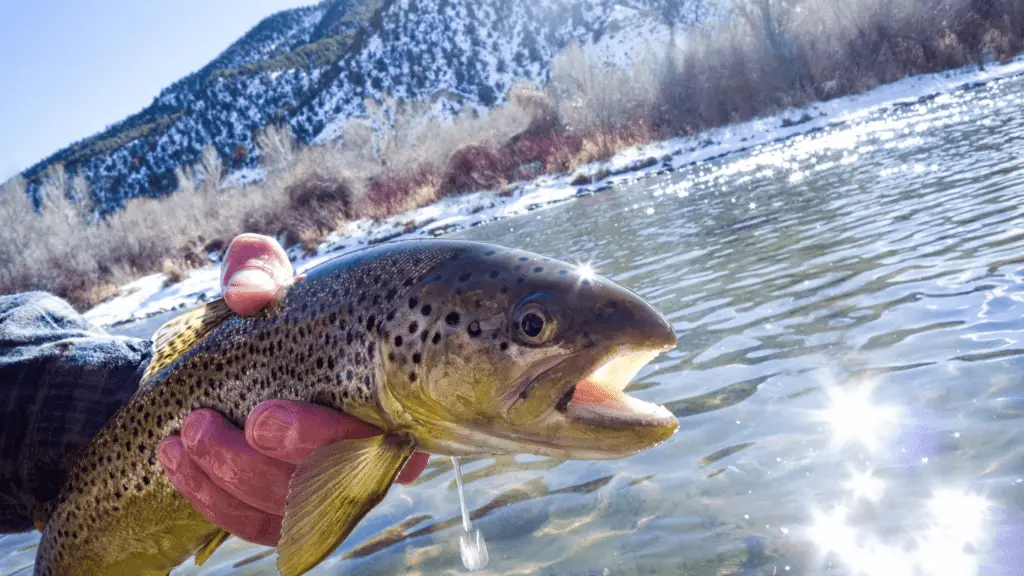
How to Catch Brown Trout in the Winter
Fishers see Brown trouts, especially the ocean types, as solitary, polytypic species. Since this trout is very versatile, it has separate, distinct animal categories. The more significant sorts are very antisocial.
In the late fall, before the ice grabs hold, Brown Trout can without much of a stretch be gotten with a dry fly. Brown Trout are loads of amusing to catch. Here are some techniques you could use to fish one:
- Utilize dry flies and cast them towards the shore, where some overhanging bushes and trees are famous for creepy crawlies.
- Zones that have a ton of grasses are additionally well known. When projecting your flies, let the flies quickly drop as they’ve recently tumbled from a tree or bush.
- Consider late evening fishing. This is the point at which the enormous Brown Trout come out and are dynamic feeders. Be that as it may, stand by around 30 minutes after nightfall as they need time for their eyes to change before they start active feeding.
- Brown Trout lean toward the front of logs, branches, and bushes. They additionally prefer to associate with rock heaps and rough edges. While they are savage fish, other fish feed on them, and they like the cover.
- For Ice Fishing, drill a couple of openings over the lake base where you expect indented garbage and rock heaps.
- Numerous openings will demonstrate more fruitful than a solitary hole.
Brown trout typically stay at the base or dig in less than a bank till evening time. That is the lone opportunity they come out to chase, which makes this time the best to hunt the beast brown trout. Learn more about catching trout at night using powerbait by reading this blog.
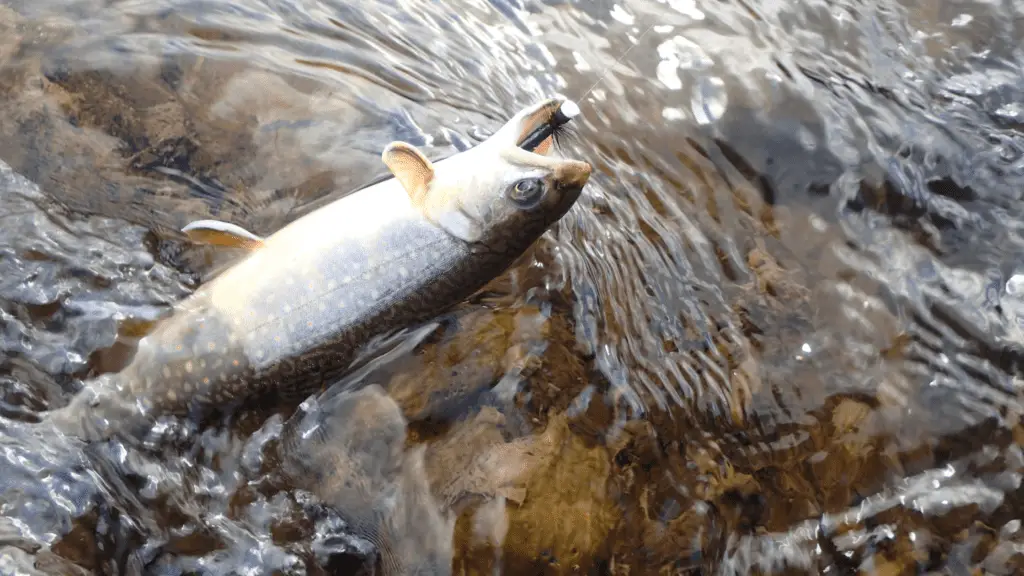
How to Catch Brook Trout in the Winter
The absolute most significant characterizing normal for creek trout science is their requirement for cold water. If you track down a California stream with cold water, you will probably discover brook trout. How cold? The best brook trout streams seldom surpassed 68 degrees, even in the mid-year. Brook trout would be more plentiful in streams with deeper water and a lot of woody material.
Here are few things you should consider when catching brook trout:
- Most devoted ice fishers realize that four or five tiny worms wriggling off the finish of a light (1/32-to 1/16-ounce) dance or #6 or #8 drop-shot snare will grab a squaretail’s eye.
- You can over-finesse these fish. Except if they drive you to go a little and delay down, don’t do it. Undoubtedly, since most wards let you ice fish with two lines in the colder time of year, the standard set-up comprises a jigging bar in one opening and a Windlass-style tip-up (beneath) the other.
- With the tip-up, spool on 20-to 30-pound-test Sufix 832 Ice Braid.
- Lean toward this thick line since it doesn’t tangle when you toss it on the ice while battling a fish.
- Append a little hookless Williams Wabler Lite or Mooselook Thinfish (beneath) spoon to the line to go about as an attractor and weight. These paper-slender spoons are light as a plume and splendidly intelligent. When the breeze blows the vane on the tip-up, they rock to and fro and tremble, grabbing the eye of any close by trout.
Brook trout are an excellent fish to catch, particularly the males, with their snared jaws, red tummies, and flanks sprinkled with ruby spots inside blue coronas. Keep in mind that they don’t live for quite a while. People usually view any Brook eight years old or more as old since they develop rapidly.
Final Thoughts
Winter trout fishing is possible and fun if you know the different techniques to catch particular trout types. Know where to find these trout; they hold in slower water such as long runs, deep pools, and at the base of falls. Also, take into account when to go out fishing; some trout feed well at night. Most importantly, choose the right bait you will use; some lures work best on particular trout.
Fishing through the cold weather months can be remunerating for various reasons. Cold temperatures keep good climate fishers home. Likewise, hunting seasons lead numerous anglers to exchange lakes for forested areas.

